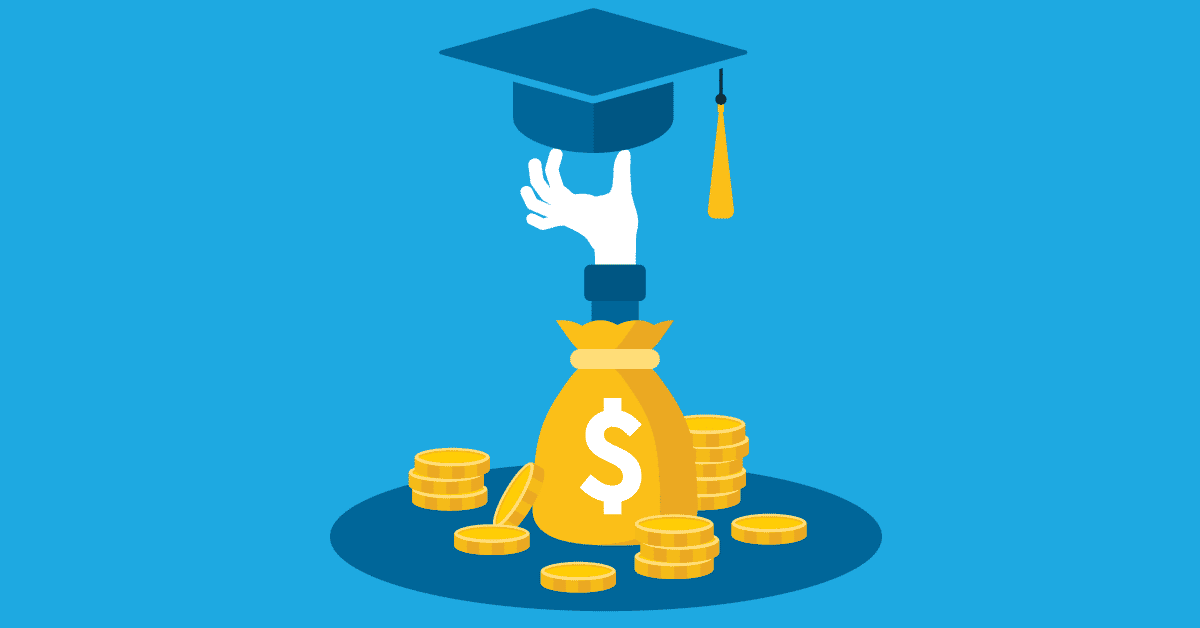Education loans can feel like a heavy weight on your shoulders, but they don’t have to hold you back from reaching your dreams. With the right strategies, you can manage and even conquer your education debt while still building the future you envision. In this guide, we’ll explore ten smart strategies to help you navigate and tackle your education loans effectively.
Understanding Education Loans
Before diving into repayment strategies, it’s crucial to understand the types of education loans you have. Whether federal or private, knowing the terms, interest rates, and repayment options available to you is the first step toward managing your debt effectively.
Creating a Budget and Financial Plan
Developing a budget tailored to your income and expenses can help you allocate funds toward loan repayment while still covering essential living costs. A well-thought-out financial plan empowers you to make informed decisions about your spending and saving habits.
Exploring Loan Repayment Options
Many education loans offer various repayment plans, such as standard, graduated, or extended options. Understanding each plan’s implications and requirements can help you choose the one that best fits your financial situation and goals.
Seeking Income-Driven Repayment Plans
Income-driven repayment plans adjust your monthly loan payments based on your income and family size, making them more manageable during times of financial hardship. These plans offer flexibility and protection for borrowers struggling to meet their repayment obligations.
Utilizing Loan Forgiveness Programs
Certain careers, such as public service or teaching, may qualify you for loan forgiveness programs. By fulfilling specific requirements, you could have a portion or all of your remaining loan balance forgiven, providing significant relief from education debt.
Employing Loan Consolidation Strategies
Consolidating multiple education loans into a single loan with a fixed interest rate can simplify repayment and potentially lower your monthly payments. However, it’s essential to weigh the pros and cons of consolidation before making a decision.
Exploring Refinancing Opportunities
Refinancing your education loans with a private lender can potentially lower your interest rate and save you money over the life of the loan. However, it’s crucial to understand the impact of refinancing on your loan terms and benefits.
Pursuing Scholarships and Grants
Seeking out scholarships and grants can reduce your reliance on loans and minimize your overall debt burden. Researching and applying for available opportunities can help offset educational expenses and lighten the financial load.
Seeking Employment with Loan Assistance
Some employers offer student loan assistance as part of their benefits package, providing financial support to employees with education debt. Exploring job opportunities with such benefits can ease your repayment journey and accelerate your path to financial freedom.
Embracing Entrepreneurship for Financial Freedom
Launching your own business or freelancing can create additional income streams to allocate toward loan repayment. Entrepreneurship offers flexibility and the potential for substantial financial gains, allowing you to take control of your financial future.
Conclusion
Education loans may seem daunting, but with the right strategies, you can tackle them head-on and unlock your future without being burdened by debt. By understanding your loan options, creating a solid financial plan, and exploring repayment alternatives, you can take control of your financial future and build the life you envision.
FAQs (Frequently Asked Questions)
Can I qualify for loan forgiveness if I work in a non-profit organization?
Yes, certain non-profit organizations qualify for loan forgiveness programs, such as the Public Service Loan Forgiveness (PSLF) program.
What are the benefits of loan consolidation?
Loan consolidation can simplify repayment by combining multiple loans into one, potentially lowering your monthly payments and offering a fixed interest rate.
How can I find scholarships and grants for my education?
You can search for scholarships and grants through online databases, your school’s financial aid office, and community organizations.
What is the difference between loan refinancing and consolidation?
Refinancing involves replacing your existing loans with a new loan from an online money lender in Singapore, often with a lower interest rate, while consolidation combines multiple loans into one loan with a fixed interest rate.
Are income-driven repayment plans suitable for all borrowers?
Income-driven repayment plans are designed to help borrowers with low income or financial hardship, offering flexibility and adjusted monthly payments based on income and family size.
